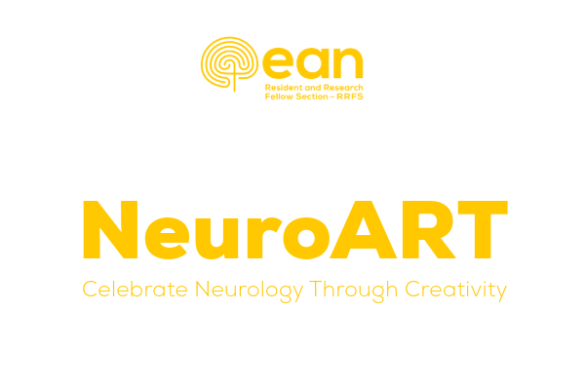by Isabella Colonna
For our August paper of the month we have selected Cai Y, Fang L, Yang J, Zhou X, Liu L, Li A, Sun P, Lan G, He Z, Zhu Y, Zhang L, Jiang M, Yu X, Liu Z, Guo T; Alzheimer’s Disease Neuroimaging Initiative Group. Higher Educational Attainment and Accelerated Tau Accumulation in Alzheimer Disease. JAMA Neurol. 2025 Jul 7:e251801. doi: 10.1001/jamaneurol.2025.1801. Epub ahead of print. PMID: 40622710; PMCID: PMC12235535.
Educational attainment (EA) has been linked to better cognitive performance, greater gray matter volume, and enhanced brain connectivity. However, its relationship with Alzheimer’s disease (AD)–related neuropathological changes remains unclear. This cohort study investigated the association between EA and tau accumulation in AD.
Participants were drawn from three independent cohorts: the Alzheimer’s Disease Neuroimaging Initiative (ADNI; n = 377), the Anti-Amyloid Treatment in Asymptomatic Alzheimer’s Disease study (A4; n = 395), and the Greater Bay Area Healthy Aging Brain Study (GHABS; n = 115). Amyloid-β (Aβ) status was determined using global standardised uptake value ratio thresholds in ADNI and GHABS, and qualitative visual assessments in A4. Based on the median years of education, participants were classified into high-EA and low-EA groups.
Tau accumulation over time was compared across Aβ status and EA groups. Among Aβ– individuals, high EA was associated with slower tau accumulation in temporal, prefrontal, and parieto-occipital regions. In contrast, among Aβ+ individuals, high EA was linked to faster tau accumulation in temporal, parieto-occipital, and insular regions. Differences in tau accumulation between high and low EA groups significantly varied between Aβ– and Aβ+ participants in the left anterior middle temporal gyrus, inferior temporal gyrus, right parieto-occipital sulcus, and superior peripheral visual area. Faster tau accumulation was also associated with higher Aβ burden, greater tau deposition in the entorhinal cortex, elevated plasma p-tau217 levels, and increased greater connectivity-associated tau spread. Additionally, in high-EA individuals, treatment with solanezumab was linked to reduced p-tau217–related associated tau accumulation in the inferior temporal gyrus compared with placebo.
In conclusion, this study highlights a dual role of higher EA in tau pathology: it appears protective during the Aβ– stage but may accelerate tau accumulation in the Aβ+ stage. Additionally, the findings of the study suggest a potential role of early Aβ-targeting treatments to slow tau progression, particularly in individuals with high EA.













